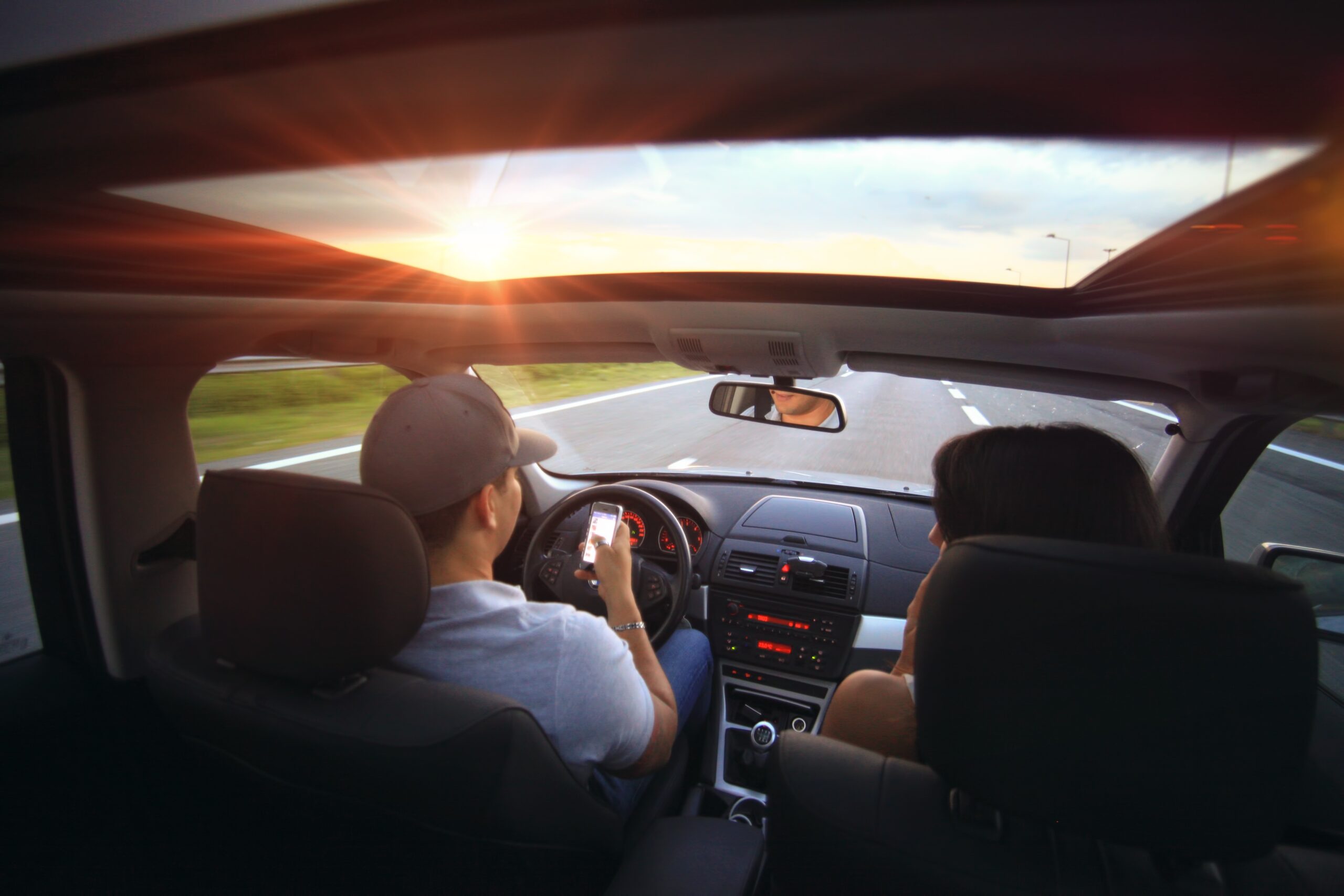When you hop into a rideshare service car, the last thing on your mind is getting into an accident. But rideshare crashes happen, and when they do, figuring out who’s responsible can get tricky.
Whether it’s a collision with another vehicle, hitting a pedestrian, or even a solo crash, an accident raises an important question: who is liable? Is it the driver? The company? Both?
To figure it out, it’s necessary to look at how rideshare companies structure their operations and what legal responsibilities they bear.
How Rideshare Companies Work
Unlike traditional taxi companies, rideshare companies like Uber and Lyft operate as service platforms. That means drivers are considered independent contractors, not employees. This distinction is important, as these companies can avoid being held directly responsible for the actions of their drivers in most cases.
Under Nevada law, rideshare companies are prohibited from managing or controlling the driver’s day-to-day activities, further reinforcing their contractor status. However, these companies are still required by law to provide certain levels of insurance coverage, depending on what the driver was doing at the time of the crash.
The Three Phases of Rideshare Operation
To determine liability, it’s important to consider what phase of the trip the driver was in at the time of the accident. Rideshare companies break down the driving experience into three phases:
Period 0 (Offline or Personal Time)
When the driver isn’t using the app or waiting for a passenger, they’re considered to be off the clock, so the rideshare company’s insurance doesn’t apply. In this case, the driver’s personal insurance is the only coverage available.
Period 1 (Waiting for a Ride)
When the driver has the app open and is waiting for a ride request but hasn’t picked anyone up yet, the rideshare company offers limited liability coverage, typically up to $50,000 per person for bodily injury, $100,000 per accident for bodily injury, and $25,000 for property damage.
Period 2 and Period 3 (On a Trip)
Once a driver accepts a ride and is on the way to pick up or drop off a passenger, the rideshare company’s insurance kicks in with much higher coverage, usually up to $1.5 million in liability coverage.
When the Driver Is Liable
For accidents that occur when a driver is off-duty or waiting for a ride, their personal auto insurance usually comes into play. Many personal insurance policies won’t cover the damage if they find out the driver was using the car for commercial purposes, which is why rideshare drivers often purchase special rideshare insurance.
But even when the driver is on duty, liability could still come into play if they were driving recklessly or breaking the law, such as texting while driving or driving under the influence. In such cases, the driver could be held personally liable and sued by the injured party regardless of their app status.
When Is the Rideshare Company Liable?
The rideshare company is primarily liable from the time the driver accepts an assignment to when they drop off their passenger. Here are some more specific scenarios where the rideshare company could be liable:
If the Driver Was en Route to a Passenger
If a rideshare driver gets into an accident on their way to pick up a passenger after accepting a trip request on the platform, the rideshare company is liable.
Despite the passenger not being in the vehicle, the company is liable because the agreed-upon service between it and the passenger starts when the driver and the passenger engage in the service on the platform.
If the Driver Was Transporting Passengers
If an accident happens while the driver is shuttling passengers from one destination to another, an injured passenger can pursue compensation from the rideshare company.
To limit their exposure to liability, rideshare companies are required to do:
- Conduct background checks on drivers, as failure to do so adequately could result in liability in the event of an accident
- Set standards for the cars used on their platforms even though they don’t own the vehicles
However, proving that the company is liable isn’t always straightforward. That’s why it’s important to gather evidence, such as the ride history data from the app or witness testimony, to show that the driver was indeed engaged in a rideshare-related activity when the accident occurred.
When Should You Get a Lawyer?
If you’ve been injured in a rideshare accident, sorting out the different layers of liability and insurance can get complicated.
Depending on the circumstances, you might be dealing with the rideshare driver, their personal insurance, the rideshare company they work for, or a combination of all three. Moreover, the insurance companies may try to minimize your claim, which is why having an experienced attorney is crucial.
Working with an experienced attorney who understands the nuances of Nevada’s rideshare laws can help ensure you get the compensation you deserve. Reach out to attorney Dan Hill today to get professional assistance working out the particulars of your claim.

